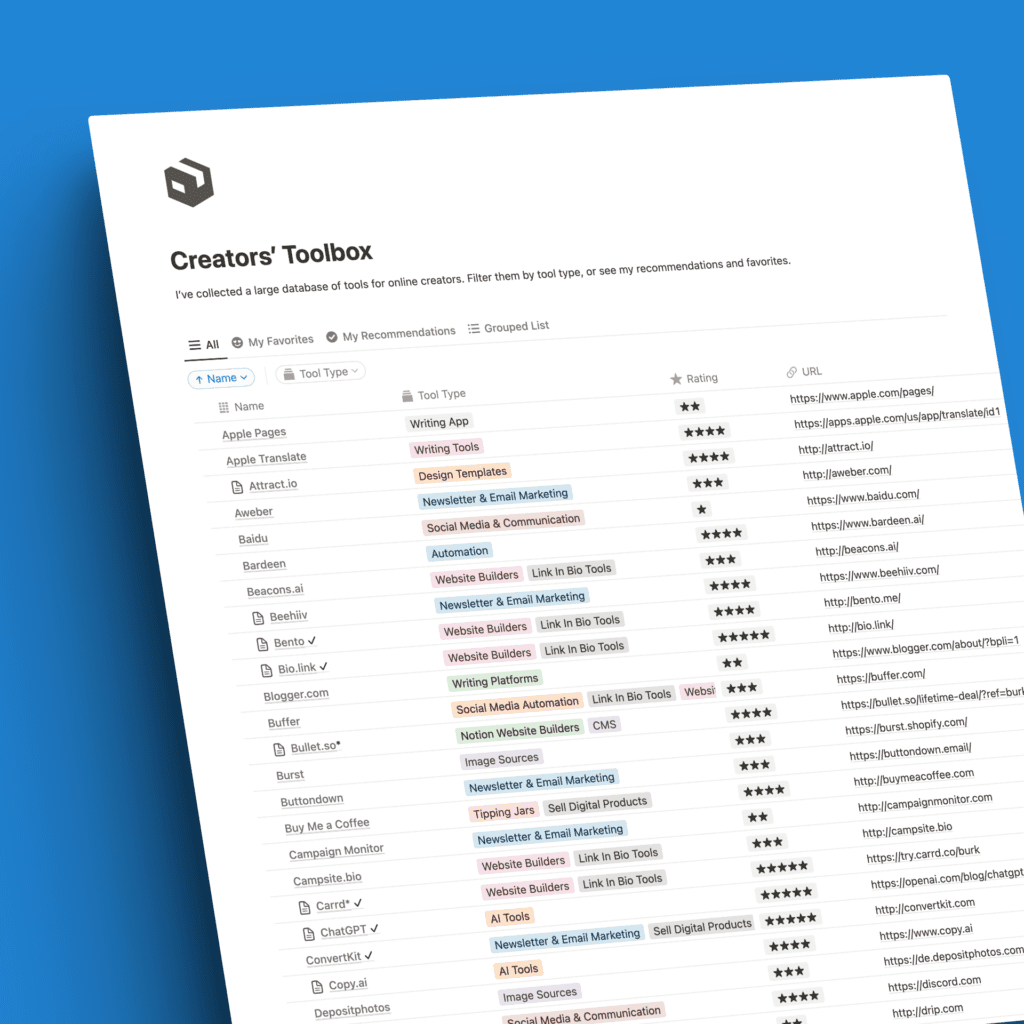From burgers to chicken nuggets, the meat that ends up on our plates typically comes from animals raised on farms.
But new food tech could flip the script on conventional meat production.
Lab-grown meat — also known as cultured meat — is real animal protein produced directly from cells, without the need to raise and slaughter animals.
This approach has advanced swiftly and could help sustain our growing population and curb the environmental impacts of our collective meat cravings.
The growing appetite for greener protein
Faux meats are everywhere.
Supermarket aisles are now full of plant-based alternatives for many of our favorite meat dishes.
Veganism is growing.
But this is only one way to go in the direction of more climate consciousness and eco-friendliness.
Meat hunger
With the global population estimated to reach 10 billion by 2050, satisfying the world’s hunger for meat still poses serious sustainability challenges.
Not everybody likes plant-based alternatives. Not the taste, not the long ingredient lists.
However, the massive environmental footprint of the livestock industry is well documented and has to be addressed within our generation.
The key issues:
- Livestock generates nearly 15% of human-induced greenhouse gas emissions worldwide, with cattle being a major culprit due to methane from digestion and manure.
- Animal agriculture occupies about 80% of global agricultural land but produces just 18% of food calories.
- Beef has an especially high water footprint, requiring approximately 15,000 liters for one kilogram of meat.
Lab-grown meat offers a more eco-friendly alternative.
How lab-grown meat is made
In short: Cultured meat is produced by painlessly taking muscle cells from an animal and culturing them in a nutrient-rich broth.
No animals raised, no animals slaughtered. Technically.
The cells multiply rapidly, eventually forming tiny strands of muscle tissue.
Several startups are advancing cultured meat, with products like chicken, duck, and rabbit already proven viable.
Beef, pork, fish, and seafood cells have also been cultured.
Greener meat with a side of promise
Multiple studies have indicated the vast greenhouse gas reduction potential of lab-grown meat.
Beef cultured directly from cells could reduce emissions by up to 92% compared to traditional beef production, according to one life cycle analysis.
In addition, a study published in Frontiers in Sustainable Food Systemsestimated that replacing 50% of U.S. meat production with cultured meat by 2040 could reduce agricultural land demand by 120 million acres and spare billions of animals annually.
On top of environmental wins, lab-grown meat addresses ethical issues around industrial animal farming.
The technology removes the need for cramped feedlots, controversial slaughterhouses, and inhumane livestock conditions.
Win-win, right?
Overcoming hurdles to reach commercial scale
With such strong sustainability and animal welfare upside, what’s the catch?
Cost and scalability remain hurdles for lab-grown meat. Prices have dropped dramatically but are still not competitive with conventional meat.
People don’t want to pay their last penny to save the planet.
Startups also need to prove they can produce enough volume to make a dent in the massive global meat industry. A powerful industry.
Consumer acceptance is another uncertainty. People may perceive lab-grown meat as too high-tech or unnatural. Or that it doesn’t taste as good.
However, surveys show interest increases when people understand the potential benefits.
Regulation also needs to evolve to provide clarity and safety assurances around bringing cultured meat to market.
The future of food?
Lab-grown meat is not a silver bullet solution.
Curtailing food waste, promoting plant-based diets, and investing in regenerative agriculture are also vital pieces of the sustainability puzzle.
Meat is not inherently bad, it’s the production and animal conditions that are harmful.
If technological advances allow large-scale production, cultured meat could play a valuable role in transitioning our food system onto a more sustainable, ethical path.
Ultimately replacing conventional meat in the supermarket.
Together with plant-based options and healthy agriculture, these efforts may indeed help save the planet and transform animal mass production for the better.
Before it’s too late.








